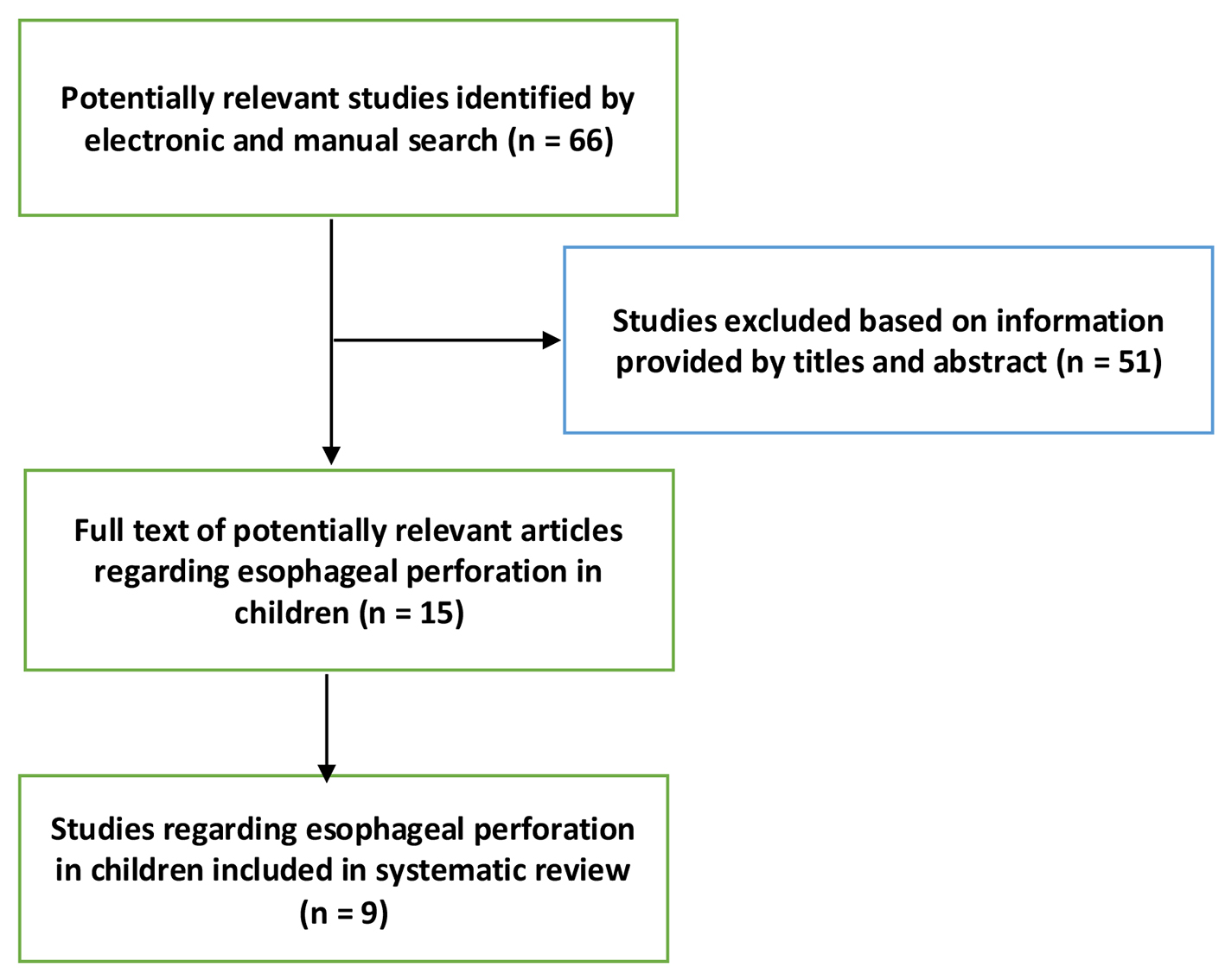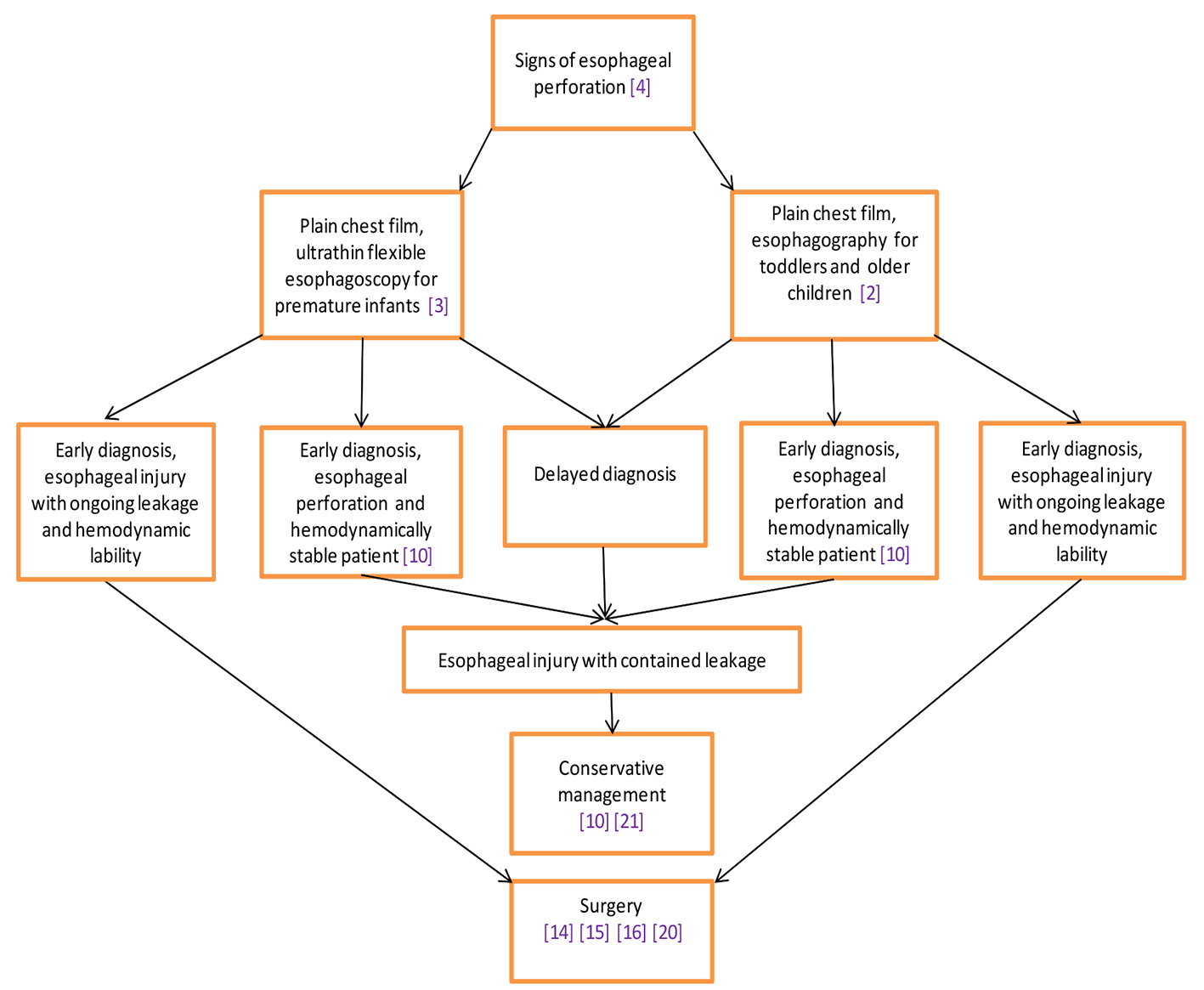
Figure 1. Flow diagram showing identification of studies included in the review.
| Journal of Current Surgery, ISSN 1927-1298 print, 1927-1301 online, Open Access |
| Article copyright, the authors; Journal compilation copyright, J Curr Surg and Elmer Press Inc |
| Journal website http://www.currentsurgery.org |
Review
Volume 6, Number 2, June 2016, pages 41-45
Surgical Versus Non-Surgical Treatment for Traumatic Esophageal Perforation in Children: A Systematic Review
Figures


Table
| Study | Year | Type of study | Quality | Number of patients | Mean age | Procedure | Outcome |
|---|---|---|---|---|---|---|---|
| Engum et al [5] | 1996 | Retrospective | Very low | 24 | 4.8 | 29% medical treatment; 67% drainage, primary closure, resection and diversion | 4% mortality |
| Wen-Jue [3] | 2007 | Retrospective | Very low | 3 | NA | Ultrathin flexible endoscopy | Good |
| Garey et al [17] | 2010 | Retrospective | Very low | 8 | 2.4 | Conservative management | Good |
| Tettey et al [13] | 2011 | Retrospective | Very low | 16 | NA | 31.2% thoracotomy and intrathoracic primary repair; 68.8% cervical esophagostomy, feeding gastrostomy | 6.2% mortality |
| Rollins and Barnhart [18] | 2012 | Retrospective | Very low | 3 | NA | Esophageal stents | Good |
| Vieira et al [14] | 2013 | Retrospective | Very low | 9 | NA | 78% medical treatment; 22% colonic esophagoplasty | Good |
| Derderian et al [16] | 2014 | Retrospective | Very low | 4 | NA | Conservative management | Good |
| Fuentes et al [4] | 2014 | Retrospective | Very low | 3 | NA | Rigid endoscopy | Good |
| Peter et al [15] | 2015 | Retrospective | Very low | 7 | 2.4 | 43% rigid endoscopy; 57% repair with pleural patch reinforcement | Good |